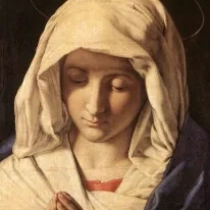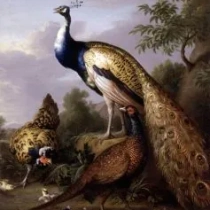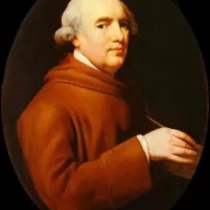At The Moulin Rouge
"At The Moulin Rouge" by Henri de Toulouse-Lautrec is a significant artwork that captures the vibrant and decadent atmosphere of late 19th-century Paris. The painting depicts a scene from the famous Moulin Rouge cabaret, portraying a colorful and energetic crowd of patrons and performers. Toulouse-Lautrec's unique use of bold, expressive lines and vivid colors reflects the dynamic and avant-garde spirit of the Belle Époque.
The artist, known for his distinctive style and portrayal of bohemian nightlife, offers a candid view of the Moulin Rouge, capturing the essence of Parisian nightlife with a sense of raw authenticity. Toulouse-Lautrec's intimate knowledge of the cabaret scene allowed him to portray its characters and atmosphere with unparalleled insight, making "At The Moulin Rouge" a quintessential representation of the era.
Furthermore, the artwork serves as a testament to Toulouse-Lautrec's exceptional ability to merge elements of Impressionism and Post-Impressionism, creating a composition that is both visually striking and emotionally evocative. The artist's use of unconventional perspectives and emphasis on the human figure imbues the scene with a sense of immediacy and vitality, drawing the viewer into the tumultuous world of the Moulin Rouge.
Overall, "At The Moulin Rouge" stands as a testament to the artist's mastery of form and his unparalleled ability to capture the essence of a specific time and place. Toulouse-Lautrec's contribution to the art world as a chronicler of Parisian nightlife and society remains unparalleled, and this artwork continues to be celebrated for its vivid portrayal of a bygone era.







No Comments Yet...